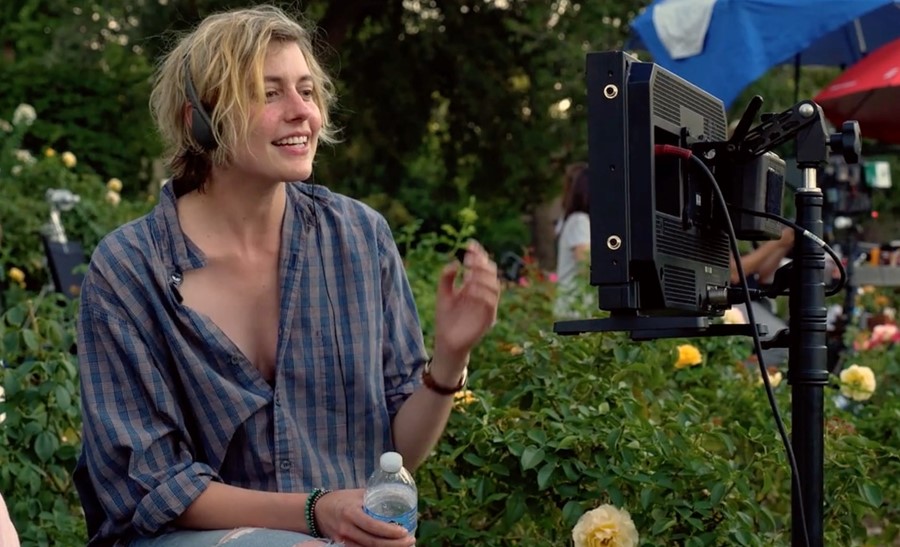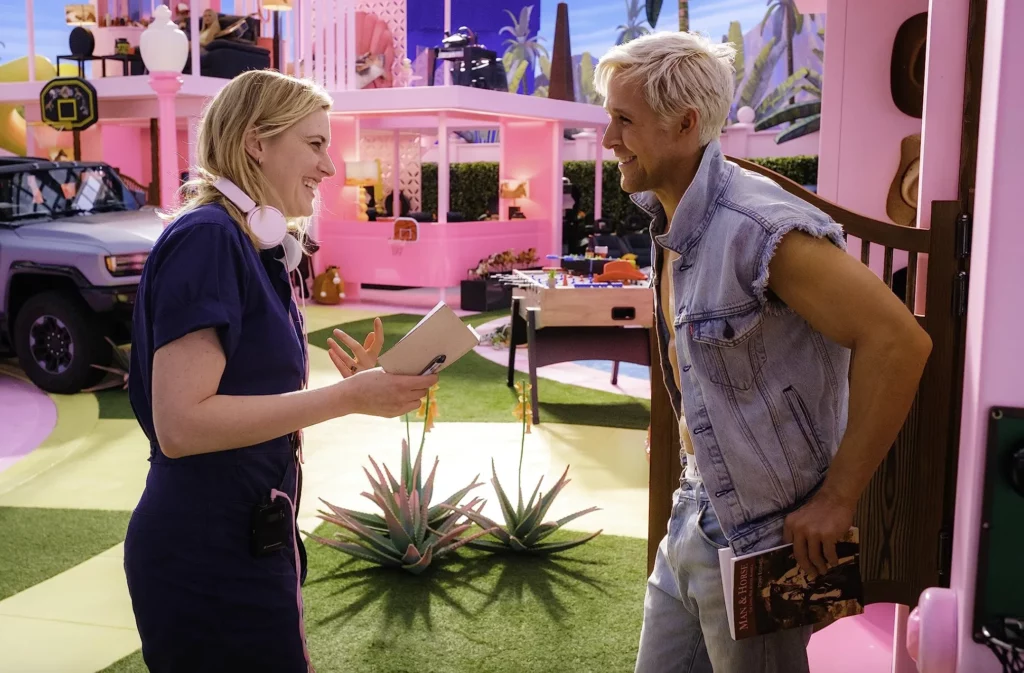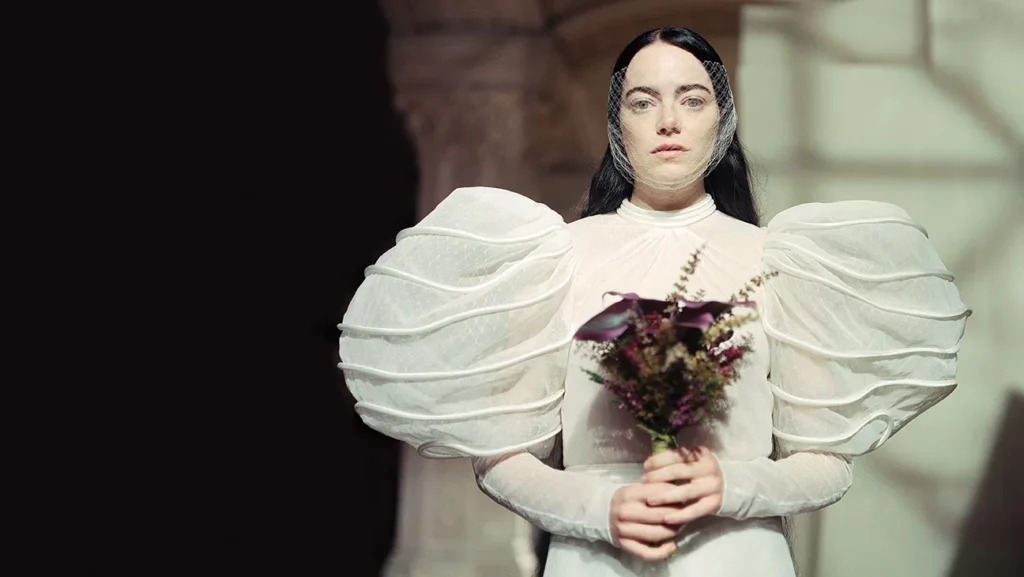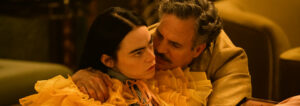On Tuesday, the Oscar nominations for the 96th Academy Awards were announced. The box office hit „Barbie“ received eight nominations, including two for the songs „What Was I Made For?“ by Billie Eilish and „I’m Just Ken,“ performed by actor Ryan Gosling. The film also secured a nomination in the „Best Picture“ category. However, Gerwig did not receive a nomination in the „Best Director“ category, and Robbie, who portrays the plastic doll Barbie in the movie, is not among the nominees for „Best Actress.“
„Barbie“ actor Ryan Gosling criticizes that director Greta Gerwig and co-star Margot Robbie were not nominated for an Oscar. The 43-year-old was quoted by the portals „Variety“ and „People“ saying, „There is no Ken without Barbie, and there is no Barbie movie without Greta Gerwig and Margot Robbie. To say that I am disappointed they are not nominated in their respective categories would be an understatement.“
The fact that „Oppenheimer“ has surpassed „Barbie“ in the nominations seems to exacerbate the situation. Christopher Nolan’s film premiered simultaneously with „Barbie“ in July, leading to a quick rivalry between the two films on the internet, despite their vastly different themes. The contrasting narratives of the two movies sparked numerous memes and discussions under the title „Barbenheimer.“ „Oppenheimer“ is a gray historical film about the „Father of the Atomic Bomb“ Robert Oppenheimer, criticized as „patriarchal“ and „full of toxic masculinity“ by the „Team Barbie“ supporters. On the other hand, „Barbie“ depicts a colorful Barbie matriarchy where Barbie finally gets a voice, highlighting the completely opposite storytelling approaches of the two films.
The Golden Globes and all the jokes
It seems like Jo Koy’s jokes about „Barbie“ not only fell flat but were also deemed sexist. In the opening monologue, the comedian remarked, „Oppenheimer is based on a 721-page Pulitzer Prize-winning book called ‚The Manhattan Project.‘ Barbie is a plastic doll with big breasts.“ The response from director Greta Gerwig spoke volumes. The comparison between the serious subject matter of „Oppenheimer“ and the superficial portrayal of „Barbie“ in Koys’s joke may have been perceived as inappropriate, with Gerwig’s reaction suggesting disapproval or discomfort with the comments. Sexist remarks can often draw criticism for perpetuating stereotypes and diminishing the achievements or significance of certain subjects.
AND ONCE AGAIN:
Jo Koy’s joke about „Barbie“ revolves around a pivotal moment in the film, where the character transitions from perfect beauty to bad breath, cellulite, and flat feet. The comedian adds a humorous touch by stating, „or as casting directors say: character actor.“ The joke seems to have resonated well, landing like a bomb, especially with Selena Gomez and Dame Helen Mirren, who presumably found it amusing. Comedy often relies on exaggeration and unexpected twists, and in this case, Jo Koy used the contrast between the traditional concept of beauty associated with Barbie and the reality of human imperfections for comedic effect.
All the jokes even though one of the significant moments in barbie was this monologue from America Ferrera:
„It is literally impossible to be a woman. You are so beautiful and so smart, and it kills me that you don’t think you’re good enough. Like, we have to always be extraordinary, but somehow we’re always doing it wrong.
You have to be thin, but not too thin. And you can never say you want to be thin. You have to say you want to be healthy, but also you have to be thin.
You have to have money, but you can’t ask for money because that’s crass. You have to be a boss, but you can’t be mean. You have to lead, but you can’t squash other people’s ideas.
You’re supposed to love being a mother, but don’t talk about your kids all the damn time. You have to be a career woman but also always be looking out for other people.
You have to answer for men’s bad behavior, which is insane, but if you point that out, you’re accused of complaining. You’re supposed to stay pretty for men, but not so pretty that you tempt them too much or that you threaten other women because you’re supposed to be a part of the sisterhood.
But always stand out and always be grateful. But never forget that the system is rigged. So find a way to acknowledge that but also always be grateful. You have to never get old, never be rude, never show off, never be selfish, never fall down, never fail, never show fear, never get out of line.
It’s too hard! It’s too contradictory and nobody gives you a medal or says thank you! And it turns out, in fact, that not only are you doing everything wrong, but also everything is your fault.
I’m just so tired of watching myself and every single other woman tie herself into knots so that people will like us. And if all of that is also true for a doll just representing women, then I don’t even know.“










